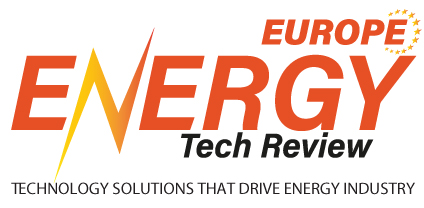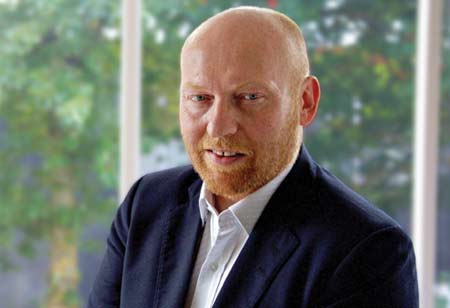To accelerate the ongoing energy transition, governments worldwide have introduced policies to subsidise the production and use of alternative fuels. One of the latest initiatives is the European Hydrogen Bank (EHB), designed to stimulate investment in renewable hydrogen production in Europe. The program is an auction mechanism funded by the EU Innovation Fund. The first auction will take place in late November; €800 million has been set aside for it.
It is apparent that large-scale production of hydrogen is needed to support the energy transition in a meaningful way, as is recognised by the EU RFNBOs initiative. For that, large electrolyser projects are needed. One would tend to welcome initiatives like the EHB. However, it might not carry as great weight as one would like to think at first sight.
Electricity prices make up between 60-70 percent of the leverage cost of green hydrogen. In most parts of the continent, high electricity prices imply green hydrogen production prices of between €7 and €8 per kg, which is substantially higher than green hydrogen produced in places where electricity prices are lower, i.e., North and Western Africa, Middle East, Latin America, and Northernmost Europe. Those regions are far enough from the main markets to make electricity prices low. Green hydrogen can be produced in those places for around half of European production prices.
"Changing relative prices of hydrogen and its carriers to fossil fuels is probably the most efficient way to increase demand for hydrogen and thus the production of it."
The rules of the EHB imply that a single electrolyser could get a maximum of 1/3 of the €800m – €266m over the next ten years. As an example, let's assume that a 300MW electrolyser can, over the next ten years, produce 1.3m tons of hydrogen and that it would get the maximum subsidy from the EHB. This implies that each kg produced could be subsidised by €0.21. The subsidised production price would be between €6.79 – €7.79 instead of €7 – €8. I'm not sure if this creates the necessary incentives to invest in the much-needed electrolyser capacity within the EU. However, the program could be a great benefit for small electrolysers, but the problem is that small-scale production does not really matter much for the huge task ahead.
So, how can we strengthen more the incentives to provide hydrogen for the necessary transformation from the current fossil-based society to a net-zero one?
Even if subsidies and grants provided by many countries and supranational bodies create important incentives, the most basic apparatus to make hydrogen prices more competitive – the market – might be the way forward. Changing the relative prices of hydrogen and its carriers to fossil fuels is probably the most efficient way to increase demand for hydrogen and, thus, the production of it. Carbon taxes are probably the most efficient instrument to release the market forces for the benefit of the energy transition.











